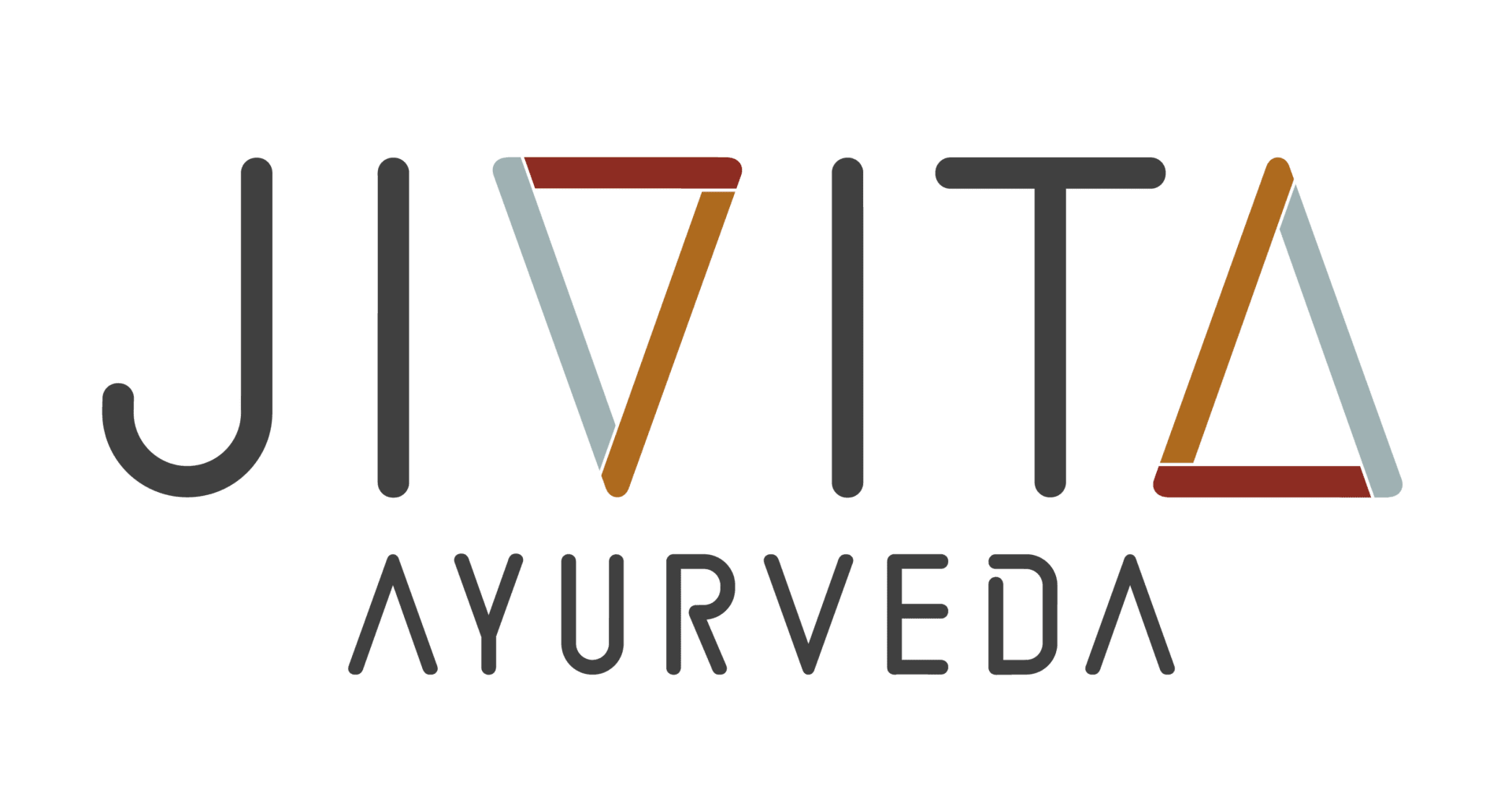At its core, Ayurveda teaches us to live in harmony with the rhythms of nature. This harmony is not merely a poetic ideal, it refers to a sustained sense of safety and ease felt within the bodymind. By rhythms, I’m referring to the natural cycles governed by the sun: the alternation of day and night, and the progression of the seasons.
The foundation of well-being in Ayurveda rests on two key principles: dinacharya (daily routine) and ritucharya (seasonal routine). These observances guide us in aligning our lives with the energetic qualities of each time of day and season. By honouring these cycles, we move in sync with nature, rather than against it, restoring balance, resilience, and a deeper sense of connection within ourselves.
But what does it truly mean to connect with nature? Is it about moving to the countryside, practicing forest bathing or walking barefoot on the earth? While these are beautiful and enriching experiences, they often offer only fleeting moments of connection.
Ayurveda invites us to cultivate a continuous relationship with nature, one that remains steady regardless of where we are. This connection is not dependent on location, but on rhythm. By aligning our daily lives with the cycles of nature, the rising and setting of the sun, the changing seasons, we enter into a profound synchronicity with the world around us.
This process, known as entrainment, allows our internal clocks to harmonise with nature’s greater rhythms. It’s a powerful, accessible way to feel deeply connected, especially for those living in urban environments who crave a sense of grounding.
The benefits of entrainment are profound and far-reaching. When we pace our daily activities in alignment with natural rhythms, we allow the body’s internal clocks to harmonise with one another. Consider this: each of the approximately 10 trillion cells in our body has its own clock gene. For optimal functioning, these clocks must keep time together.
Imagine an orchestra of 10 trillion instruments, each playing at a different tempo and pitch. That’s not music, but cacophony. But when those instruments tune to the same rhythm, the result is harmony. In the same way, when our internal rhythms align, we create the physiological conditions for well-being.
The generosity of Mother Nature in offering well-being becomes a lived, tangible experience when entrainment is achieved. As our internal rhythms align with those of the natural world, a quiet transformation begins. Life starts to feel more unified, rooted in a deep sense of belonging, not only to oneself, but to something greater: to community, to humanity, and even to the cosmos.
Remarkably, this sense of connection is not elusive or abstract. It begins with something simple and accessible: the timing of our daily actions. By aligning with nature’s rhythms, we open the door to harmony, presence, and a profound sense of being at home in the world.
Timing our actions, eating, sleeping, moving, resting, according to these innate rhythms enables the bodymind system to function with maximum efficiency. This alignment enhances our capacity for self-regulation, or in other words, our ability to heal. With the body operating in sync, symptoms such as pain, inflammation, hormonal imbalance, autoimmune responses, and even chronic fatigue become more manageable and, in many cases, begin to improve. Entraining ourselves to nature’s rhythm is not just preventative; it is deeply therapeutic.
Discover the art of true connection through Ayurveda. Explore our upcoming professional courses and health coaching programs designed for both personal growth and deeper understanding.
More Posts

SAD – Seasonal affective disorder
In states of fear, our physiology reroutes blood flow to the brainstem, the reptilian brain responsible for fight-or-flight responses, at the expense of the forebrain, particularly the frontal lobe.

Chronic Pain Management Crisis
the future of chronic pain management must become system-based, focusing on restoring self-regulation rather than merely silencing symptoms. Safety and comfort are not luxuries but therapeutic imperatives.

Nourished by more than food
Whether through strained relationships, emotional turbulence, or simply being surrounded by agitation, the body’s internal rhythms are deeply impacted by the company we keep.

Holding space for cancer pain
As cancer treatments become more efficient and sophisticated the number of cancer survivors increase. An unexpected or unforeseen consequence of growing survival rates is persistent pain
